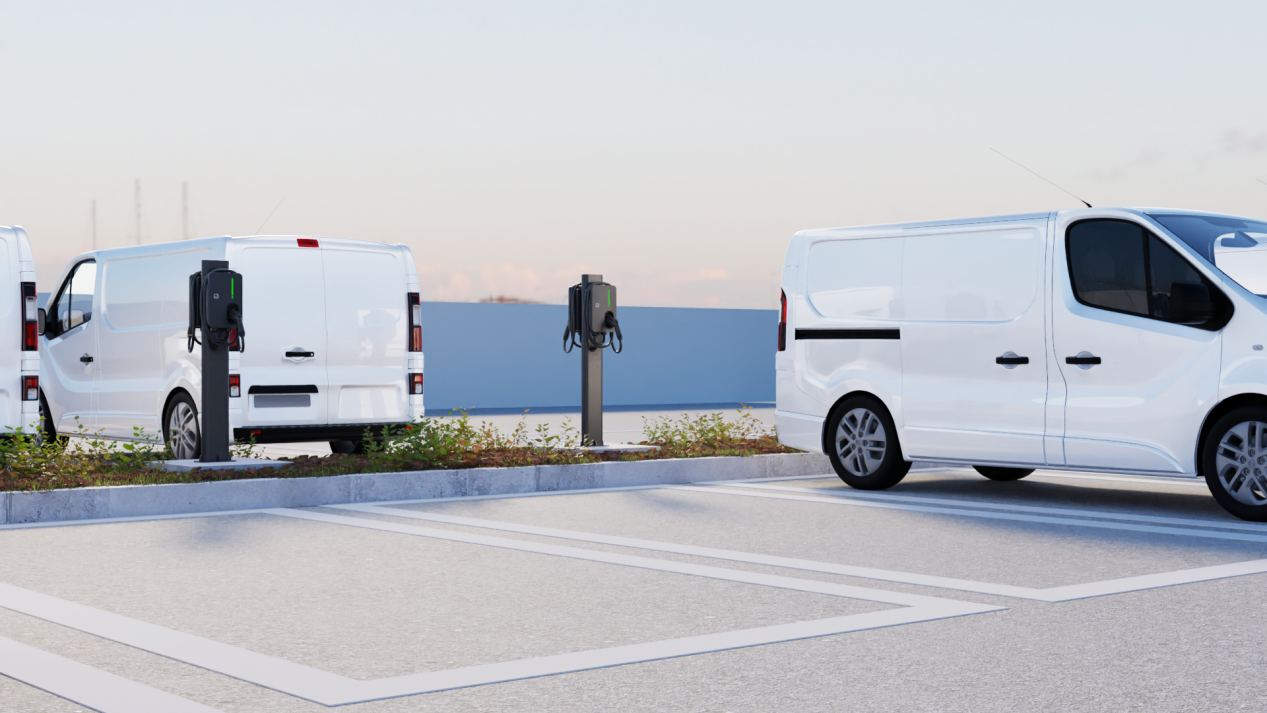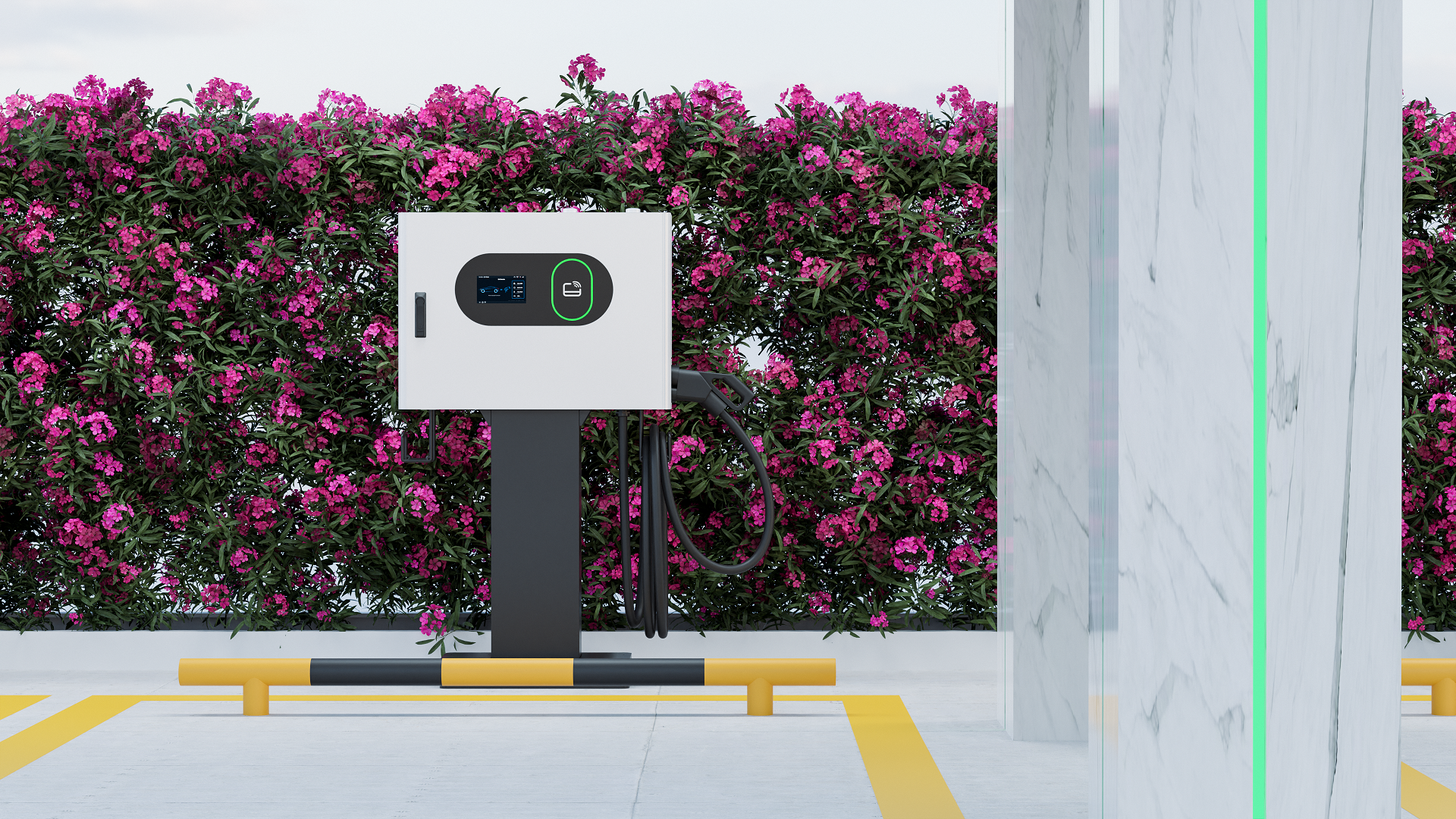
Plug and Charge for EV Charging: A Deep Dive into the Technology
As electric vehicles (EVs) gain traction worldwide, the focus on seamless and efficient charging experiences has intensified. Plug and Charge (PnC) is a game-changing technology that allows drivers to simply plug their EV into a charger and start charging without needing cards, apps, or manual input. It automates authentication, authorization, and payment, delivering a user experience as intuitive as refueling a gas-powered car. This article explores the technical underpinnings, standards, mechanisms, benefits, challenges, and future potential of Plug and Charge.
What is Plug and Charge?
Plug and Charge is an intelligent charging technology that enables secure, automated communication between an EV and a charging station. By eliminating the need for RFID cards, mobile apps, or QR code scans, PnC lets drivers initiate charging by simply connecting the cable. The system authenticates the vehicle, negotiates charging parameters, and processes payment—all in seconds.
The key goals of Plug and Charge are:
● Simplicity: A hassle-free process that mirrors the ease of fueling a traditional vehicle.
● Security: Robust encryption and authentication to protect user data and transactions.
● Interoperability: A standardized framework for seamless charging across brands and regions.
How Plug and Charge Works: Technical Breakdown
At its core, Plug and Charge relies on standardized protocols (notably ISO 15118) and public key infrastructure (PKI) to facilitate secure communication among the vehicle, charger, and cloud systems. Here’s a detailed look at its technical architecture:
1. Core Standard: ISO 15118
ISO 15118, the Vehicle-to-Grid Communication Interface (V2G CI), is the backbone of Plug and Charge. It defines how EVs and charging stations communicate:
● Physical Layer: Data is transmitted over the charging cable using Power Line Communication (PLC), typically via the HomePlug Green PHY protocol, or through the Control Pilot (CP) signal.
● Application Layer: Handles authentication, charging parameter negotiation (e.g., power level, duration), and payment authorization.
● Security Layer: Employs Transport Layer Security (TLS) and digital certificates to ensure encrypted, tamper-proof communication.
ISO 15118-2 (covering AC and DC charging) and ISO 15118-20 (supporting advanced features like bidirectional charging) are the primary versions enabling PnC.
2. Public Key Infrastructure (PKI)
PnC uses PKI to manage digital certificates and secure identities:
● Digital Certificates: Each vehicle and charger has a unique certificate, acting as a digital ID, issued by a trusted Certificate Authority (CA).
● Certificate Chain: Comprises root, intermediate, and device certificates, forming a verifiable trust chain.
● Verification Process: Upon connection, the vehicle and charger exchange certificates to authenticate each other, ensuring only authorized devices communicate.
3. System Components
● Electric Vehicle (EV): Equipped with an ISO 15118-compliant communication module and a secure chip for storing certificates.
● Charging Station (EVSE): Features a PLC module and internet connectivity for communication with the vehicle and cloud.
● Charge Point Operator (CPO): Manages the charging network, handling certificate validation and billing.
● Mobility Service Provider (MSP): Oversees user accounts and payments, often in partnership with automakers.
● V2G PKI Center: Issues, updates, and revokes certificates to maintain system security.
4. Workflow
● Physical Connection: The driver plugs the charging cable into the vehicle, and the charger establishes a communication link via PLC.
● Authentication: The vehicle and charger exchange digital certificates, verifying identities using PKI.
● Parameter Negotiation: The vehicle communicates its charging needs (e.g., power, battery state), and the charger confirms available power and pricing.
● Authorization and Billing: The charger connects to the CPO and MSP via the cloud to verify the user’s account and authorize charging.
● Charging Starts: Power delivery begins, with real-time monitoring of the session.
● Completion and Payment: Once charging is complete, the system automatically settles the payment, requiring no user intervention.
Key Technical Details
1. Communication: Power Line Communication (PLC)
● How It Works: PLC transmits data over the charging cable, eliminating the need for separate communication lines. HomePlug Green PHY supports up to 10 Mbps, sufficient for ISO 15118 requirements.
● Advantages: Simplifies hardware design and reduces costs; works with both AC and DC charging.
● Challenges: Cable quality and electromagnetic interference can affect reliability, necessitating high-quality cables and filters.
2. Security Mechanisms
● TLS Encryption: All data is encrypted using TLS to prevent eavesdropping or tampering.
● Digital Signatures: Vehicles and chargers sign messages with private keys to verify authenticity and integrity.
● Certificate Management: Certificates require periodic updates (typically every 1-2 years), and revoked or compromised certificates are tracked via a Certificate Revocation List (CRL).
● Challenges: Managing certificates at scale can be complex and costly, especially across regions and brands.
3. Interoperability and Standardization
● Cross-Brand Support: ISO 15118 is a global standard, but varying PKI systems (e.g., Hubject, Gireve) require interoperability testing to ensure compatibility.
● Regional Variations: While North America and Europe widely adopt ISO 15118, some markets like China use alternative standards (e.g., GB/T), complicating global alignment.
4. Advanced Features
● Dynamic Pricing: PnC supports real-time pricing adjustments based on grid demand or time of day, optimizing costs for users.
● Bidirectional Charging (V2G): ISO 15118-20 enables Vehicle-to-Grid functionality, allowing EVs to feed power back to the grid.
● Wireless Charging: Future iterations may extend PnC to wireless charging scenarios.
Benefits of Plug and Charge
● Enhanced User Experience:
● Eliminates the need for apps or cards, making charging as simple as plugging in.
● Enables seamless charging across different brands and regions, reducing fragmentation.
● Efficiency and Intelligence:
● Automates the process, reducing setup time and boosting charger turnover rates.
● Supports dynamic pricing and smart scheduling to optimize grid usage.
● Robust Security:
● Encrypted communication and digital certificates minimize fraud and data breaches.
● Avoids reliance on public Wi-Fi or QR codes, reducing cybersecurity risks.
● Future-Proof Scalability:
● Integrates with emerging technologies like V2G, AI-driven charging, and renewable energy systems, paving the way for smarter grids.
Challenges of Plug and Charge
● Infrastructure Costs:
● Upgrading legacy chargers to support ISO 15118 and PLC requires significant hardware and firmware investments.
● Deploying PKI systems and managing certificates adds operational expenses.
● Interoperability Hurdles:
● Variations in PKI implementations (e.g., Hubject vs. CharIN) can create compatibility issues, requiring industry coordination.
● Non-standard protocols in markets like China and Japan limit global uniformity.
● Adoption Barriers:
● Not all EVs support PnC out of the box; older models may need over-the-air updates or hardware retrofits.
● Users may lack awareness of PnC or have concerns about data privacy and certificate security.
● Certificate Management Complexity:
● Updating, revoking, and synchronizing certificates across regions demands robust backend systems.
● Lost or compromised certificates could disrupt charging, necessitating fallback options like app-based authorization.

Current State and Real-World Examples
1. Global Adoption
● Europe: Hubject’s Plug&Charge platform is the largest PnC ecosystem, supporting brands like Volkswagen, BMW, and Tesla. Germany mandates ISO 15118 compliance for new chargers starting in 2024.
● North America: Tesla’s Supercharger network offers a PnC-like experience through vehicle ID and account linking. Ford and GM are rolling out ISO 15118-compliant models.
● China: Companies like NIO and BYD implement similar functionality within their proprietary networks, though based on GB/T standards, limiting global interoperability.
2. Notable Implementations
● Volkswagen ID. Series: Models like the ID.4 and ID.Buzz support Plug and Charge via the We Charge platform, integrated with Hubject, enabling seamless charging across thousands of European stations.
● Tesla: Tesla’s proprietary system delivers a PnC-like experience by linking user accounts to vehicles for automatic authentication and billing.
● Electrify America: North America’s largest public charging network announced full ISO 15118 support in 2024, covering its DC fast chargers.
The Future of Plug and Charge
● Accelerated Standardization:
● Widespread adoption of ISO 15118 will unify global charging networks, minimizing regional discrepancies.
● Organizations like CharIN and the Open Charge Alliance are driving interoperability testing across brands.
● Integration with Emerging Technologies:
● V2G Expansion: PnC will enable bidirectional charging, turning EVs into grid storage units.
● AI Optimization: AI can leverage PnC to predict charging patterns and optimize pricing and power allocation.
● Wireless Charging: PnC protocols may adapt to dynamic wireless charging for roads and highways.
● Cost Reduction and Scalability:
● Mass production of chips and communication modules is expected to cut PnC hardware costs by 30%-50%.
● Government incentives and industry collaboration will speed up legacy charger upgrades.
● Building User Trust:
● Automakers and operators must educate users on PnC’s benefits and security features.
● Fallback authentication methods (e.g., apps or NFC) will bridge the gap during the transition.
The Future of Plug and Charge
Plug and Charge is transforming the EV charging landscape by delivering a seamless, secure, and efficient experience. Built on the ISO 15118 standard, PKI security, and automated communication, it eliminates the friction of traditional charging methods. While challenges like infrastructure costs and interoperability remain, the technology’s benefits—improved user experience, scalability, and integration with smart grids—position it as a cornerstone of the EV ecosystem. As standardization and adoption accelerate, Plug and Charge is poised to become the default charging method by 2030, driving the shift toward a more connected and sustainable future.
Post time: Apr-25-2025
